"There are more things… likely to frighten us than there are to crush us;
we suffer more often in IMAGINATION than in reality.”
— Seneca the Younger
Previous Entries
Continued from Part I…
Before we discuss the irregularities, the impossibilities, the farcical and the fallacious, we should first establish the orthodox or mainstream narrative on Hiroshima and Nagasaki. Therein lies a significant challenge, as there is an extraordinary amount of variance in the figures cited for death tolls, destruction, and explosive force. Generally the destructive capabilities vary anywhere from 10-50%, based upon the source, and they go something like this: one chunk of plutonium was smashed into another chunk of plutonium, resulting in,
“Everything in a 2 mile radius of the explosion’s epicenter was vaporized [instantly incinerated, turned into vapor].”
— The Manhattan Project: The Making of the Atomic Bomb
“The explosion immediately killed an estimated 80,000 people… …and it exploded 2,000 feet above Hiroshima in a blast equal to 12-15,000 tons of TNT, destroying five square miles of the city.”
“The numerous small fires that erupted simultaneously all around the city soon merged into one large firestorm, creating extremely strong winds that blew towards the center of the fire. The firestorm eventually engulfed 4.4 square miles of the city, killing anyone who had not escaped in the first minutes after the attack.”
I’ve also seen 20,000 to 25,000 tons listed as the explosive power of the bomb, so there is a high level of variance within that figure in particular (go figure). Within .36 km (~.25 mi) of Ground Zero, highly lethal radioisotopes should have bathed all of the victims in a dosage guaranteed to spell instant death. Within 1.67 km (~1 mi) the air pressure and winds exceed Category 5 hurricanes by several factors of magnitude; the air pressure alone should have totally demolished even concrete buildings, resulting in over 98% fatalities. Within 5 miles, every building should have been utterly destroyed.
— The blast radius of “Little Boy”.
Nuclear weapons are supposedly tools capable of instantly annihilating and wiping all matter from the face of the Earth. To reiterate, about 60-80,000 people are killed instantly for miles, physical substances are incinerated in a heat wave over 10,000,000° C, hotter even than the Sun, with radioactive fallout spread throughout the city. The salient problem for the narrative peddlers is that the physical evidence entirely contradicts the truly outlandish claims cited above. Those are not cherrypicked quotes or statistics either; indeed I was quite generous by choosing those sources, as some of the more cartoonish Nuke propaganda reads like a cheesy sci-fi novel. Remember these so called “facts” and internalize their descriptions as we embark on our intellectual journey through the photographic and medical evidence.
“It is an atomic bomb.
It is a harnessing of the basic power of the universe.
The force from which the SUN draws its power has been loosed against those who brought war to the Far East.”
— Harry S. Truman, 33° Freemason
The clear and repeated invocations to the pagan gods of multiple pantheons solidify these events not just as a false flag, but more importantly as a mass ritual. Just hours before the attack on Hiroshima, its occult planners would have surely held ceremonies and ritual sacrifices on behalf of their solar god. August 5th is a most auspicious date within the Mystery religion, as it coincides with the heliacal rising of Sirius. Indeed, the Egyptian calendar is almost entirely based upon the rising times of this star (Hoffman, Secret Societies & Psychological Warfare). Masons deeply revere this star for its esoteric symbolism, as Albert Pike (33°) states in Morals & Dogma:
“The Ancient Astronomers saw all the great Symbols of Masonry in the Stars. Sirius glitters in our lodges as the Blazing Star.”
Masons also refer to Sirius as the Argentinium Astrum, or the Silver Star. Both the Statue of Liberty, in 1884, and the Twin Towers, in 1968 (33 years before their destruction), were dedicated in Masonic ceremonies on August 5th. Aleister Crowley’s occult order A:.A:. was named in honor of this star, a star which he believed to be the dwelling place for Lucifer’s demonic court. August 5th of that year would also be the date of a Masik Shivratri, a symbolic day of fasting and praise to the Hindu god Shiva, who’s symbolism we have already seen throughout this mass ritual in Part I of this essay.
On the morning of August 6th, 66 Bombers were dispatched to bomb the city of Imabari. Now why would such a conspicuously numbered bombing fleet be dispatched to a city that had been leveled just weeks earlier in two separate firebombing raids? It is highly likely that this is our mystery fleet responsible for the firebombing of Hiroshima. The bombs were dropped at heights well above visual identification range, making it impossible for those on the ground to know whether it was one plane or a fleet of them. The timing of the bombing of Hiroshima - 8:15 - also has massive symbolic significance. In Kabbalah, “eight… is symbolic of an entity that is one step above the natural order, higher than nature and its limitations.” In Chaldean (a.k.a. Babylonian) numerology, 15 corresponds to the mysterious, the powers of creation, of magic, and the deeply hidden occult forces of the Ethereum. In Tarot, the 15th Major Arcana is The Devil card, once again making it abundantly clear the deity that these dark sorcerers are trying to invoke.
Furthermore, August 6th, 1945 was the 30th of Ipip in the Egyptian calendar. In antiquity the festival of Hathor — the daughter of Ra and a solar deity herself — would be celebrated on that day. Hathor was most commonly worshiped as a fertility goddess, but she was also placated in this festival in order that her bloodthirsty tendencies would be sated. This would have included mass sexual rituals (i.e. orgies) as well as sacrifices. In her unholy rage against the enemies of Ra she would trample and flatten her foes under foot, expressing distinct elements of Sekhmet, the goddess of war. In Egyptian mythology this role switching is quite common, and usurpation of other deity’s roles was as simple as exhibiting their characteristics; in this case Sekhmet’s warlike demeanor.
— Hiroshima, before the attack. Source: The National Archives.
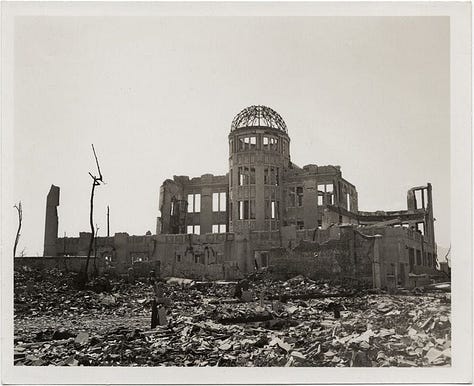
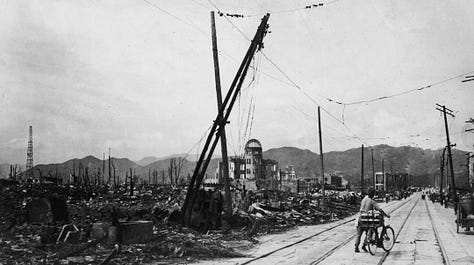
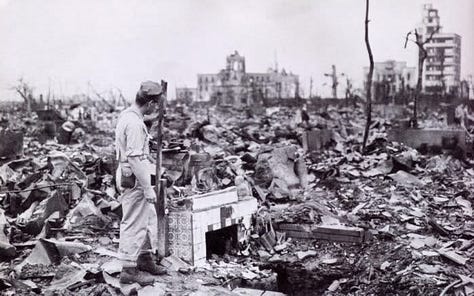
— Hiroshima, after the attack. Source: The National Archives. A whole lot of matter seems pretty un-vaporized to me.
— Excerpt from Hiroshima Revisited, by Dr. Michael Palmer.
— The first aerial photo of the bombing of Hiroshima taken just minutes after the blast, by John McGlohon. Source: The National Archives. Note the lack of damage within the outer blast radius zone (below 4 miles), which should have been instantly demolished from the blast wave.
On August 9th, Nagasaki — the most populated Christian city in Japan at that time — was destroyed via hellfire. (Consequently, Hiroshima’s Christian population was quite extensive as well.) The “Fat Man” was dropped at 11:02 AM, just 500 m from the Immaculate Conception Cathedral. It is no accident that this Church and this city was targeted for such an attack, despite avoiding the destruction most of Japan’s cities had suffered. Nagasaki was called the Rome of the East, and was considered the capitol of Japanese Catholicism. The Christians of Nagasaki had been mercilessly persecuted by their rulers for centuries. After the ban on Christianity was lifted in 1895, exiled Christians then returned and bought the very land where the local government held their interrogations of Christ’s flock. We see yet more invocations to the sun god in the date of this attack, as August 9th was the date of the Roman festival for Sol Indiges. Sol, the Roman god of the personified Sun, would have been celebrated with public sacrifices; on this August 9th, the Christians of Nagasaki were that sacrifice.

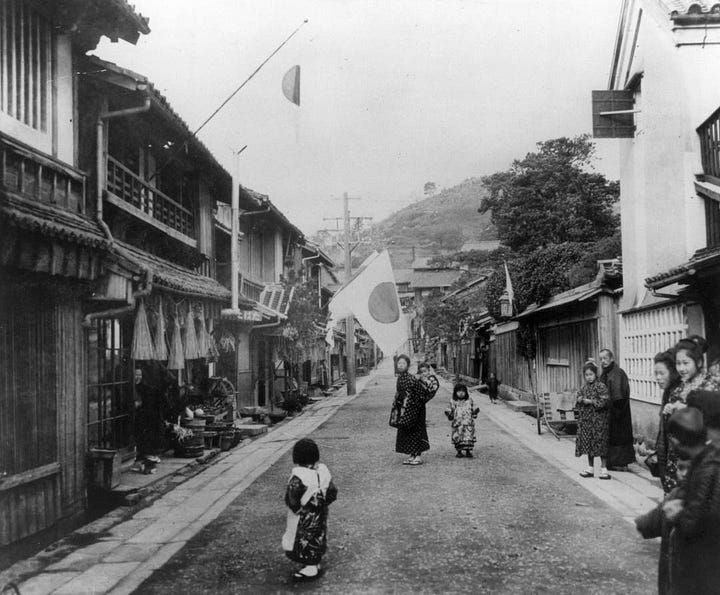
— Nagasaki, before the attack.
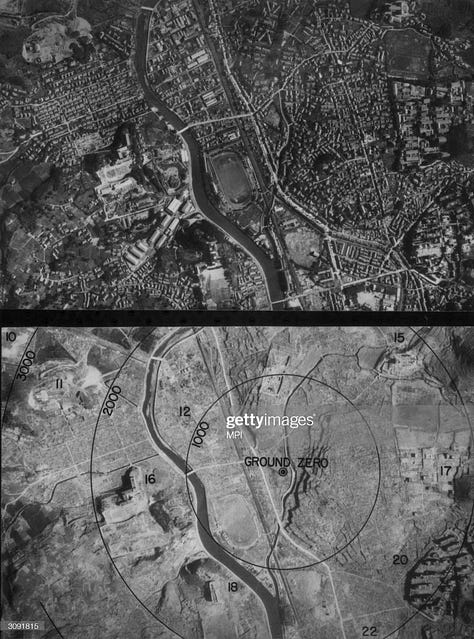

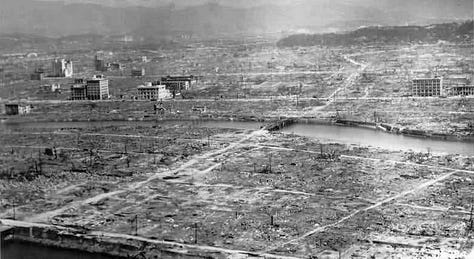
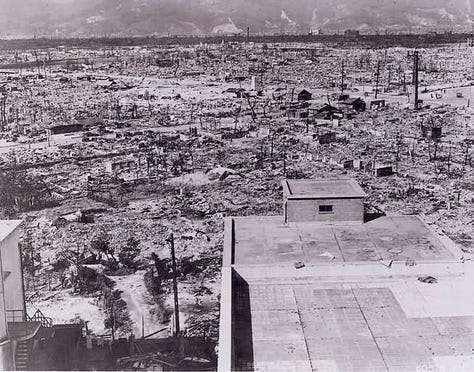
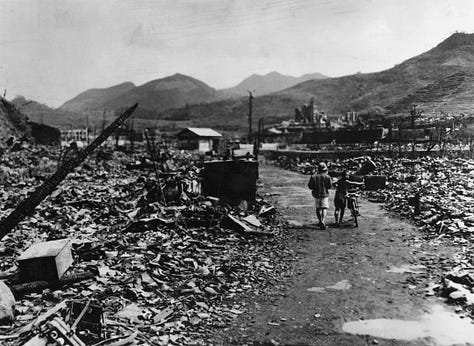

— Nagasaki, after the attack.
I leave it to the victims of this horrific attack to best explain the horror of a nuclear bombardment:
"There was a strong wind that night and as I came out of the shelter, all I could see around us was fire," she said, adding that "burning clothing, 'tatami' mats, and debris were blowing down the road and it looked like a flowing river of fire.
I remember seeing other families, like us, holding hands and running through the fires," she recollected. "I saw a baby on fire on a mother's back. I saw children on fire, but they were still running. I saw people catch fire when they fell onto the road because it was so hot."
Oh wait, excuse me, that’s an eyewitness account of the firebombing of Tokyo, let me try this again:
“We did not recognize our street any more. Fire, only fire wherever we looked. Our 4th floor did not exist anymore. The broken remains of our house were burning.
On the streets there were burning vehicles and carts with refugees, people, horses, all of them screaming and shouting in fear of death. I saw hurt women, children, old people searching a way through ruins and flames.”
Oh woops, that’s from Dresden. So easy to mix up these testimonies when they are all describing essentially same event. Here is an actual account of a Hiroshima victim:
“Since Hiroshima was completely enveloped in flames, we felt terribly hot and could not breathe well at all. After a while, a whirlpool of fire approached us from the south. It was like a big tornado of fire spreading over the full width of the street. Whenever the fire touched, wherever the fire touched, it burned. It burned my ear and leg, I didn't realize that I had burned myself at that moment, but I noticed it later.”
The wall of fire enveloping their homes and a burning landscape reminiscent of Hell is a common motif amongst the victims of the firebombing terror campaigns.
The pictures of Ground Zero in Hiroshima alone severely damages the alleged destructive capabilities of “The Bomb”. Japanese architecture, even in their most populated cities, was still largely medieval in its construction. Japanese houses were primarily constructed with wood, with rice paper for walls. The concrete architecture of Dresden largely withstood the napalm bombardment of the Allied forces, as we see in the Japanese cities firebombed as well; just in much smaller quantities. That is unless the Japanese somehow secretly invented the strongest substance known to mankind, capable of withstanding millions of degrees and hundreds of miles per hour winds. They must have the lost the how-to manual for their super concrete in the blast or something. All levity aside, as you can see below Tokyo looks nearly identical to the aftermath of Hiroshima and Nagasaki.
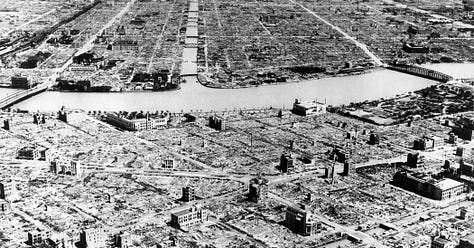
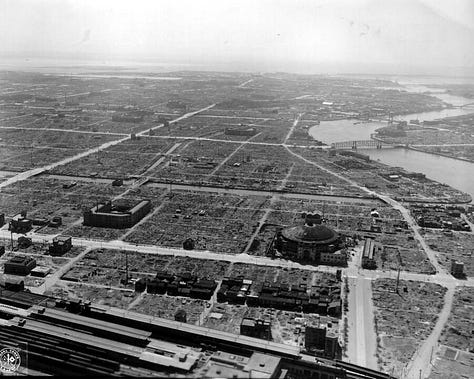
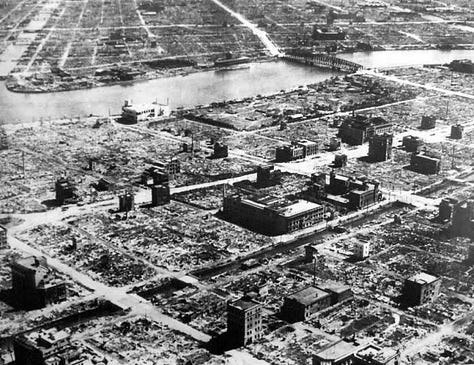
— The aftermath of the firebombing of Tokyo, with nearly identical damage to that seen in Hiroshima and Nagasaki.
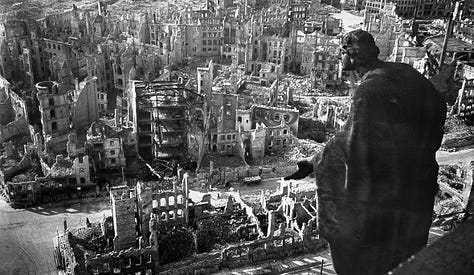

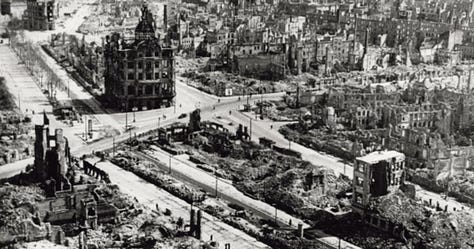
— The firebombing of Dresden.
Perhaps the most compelling testimonial comes from an American pilot and lifelong advocate of strategic air power, Maj. Alexander P. de Seversky. If anyone was uniquely qualified to inspect the sites and compare their destruction to that of traditional terror bombing, it was Maj. de Seversky. He was among the first Americans to enter Hiroshima in early September, mere weeks after the surrender of Japan. He detailed his visit in a 1946 issue of Reader’s Digest:
After visiting the major areas of the Pacific, I arrived in Japan. I began the study to which I had been assigned by making an aerial tour of the islands of Honshu and Kyushu, which encompass the main portion of industrial Japan. I flew over Tokyo, Yokohama, Yokosuka, Nagoya, Osaka, Kobe, Akashi, and dozens of other towns and cities which had been subject to intensive air attack. Some of these towns are so close together that they seem almost continuous industrial sites.
All of these areas of annihilation presented approximately the same visual pattern. The smaller towns were totally burned out. Seen from above the prevailing color was pinkish – the effect produced by the piles of ashes and rubble mixed with rusted metal. Similar pinkish carpets were spread out in the larger cities, except that among them stood large and small modern concrete buildings and factory structure, unscathed bridges, and other objects that had withstood the impact. Many of the buildings, of course, were gutted by fire, but this was not apparent from the air.
I was keyed up for my first view of an atom-bombed city, prepared for the radically new sights suggested by the exciting descriptions I had read and heard. But to my utter astonishment, Hiroshima from the air looked exactly like all the other burned-out cities I had observed! There was a familiar pink blot, about two miles in diameter. It was dotted with charred trees and telephone poles. Only one of the city’s twenty bridges was down. Hiroshima’s clusters of modern buildings in the downtown section stood upright. It was obvious that the blast could not have been so powerful as we had been led to believe. It was extensive blast rather than intensive. I had heard of buildings instantly consumed by unprecedented heat. Yet here I saw the buildings structurally intact, and what is more, topped by undamaged flag poles, lightning rods, painted railings, air raid precaution signs and other comparatively fragile objects.
At the T-bridge, the aiming point for the atomic bomb, I looked for the “bald spot” where everything presumably had been vaporized in the twinkling of an eye. It wasn’t there or anywhere else. I could find no traces of unusual phenomena. What I did see was in substance a replica of Yokohama or Osaka, or the Tokyo suburbs - the familiar residue of an area of wood and brick houses razed by uncontrollable fire. Everywhere I saw the trunks of charred and leafless trees, burned and unburned chunks of wood. The fire had been intense enough to bend and twist steel girders and to melt glass until it ran like lava - just as in other Japanese cities.
The concrete buildings nearest to the center of explosion, some only a few blocks from the heart of the atom blast, showed no structural damage. Even cornices, canopies and delicate exterior decorations were intact. Window glass was shattered, of course, but single-panel frames held firm; only window frames of two or more panels were bent and buckled. The blast impact therefore could not have been unusual.
This testimony was met with harsh criticism in the West, despite the photographic evidence entirely validating Maj. de Seversky. However, the Major’s statements echo those made by several high ranking Japanese officers in the immediate aftermath of the attacks, which we will further discuss in Part III. Dissident Japanese voices were cracked down on harshly after the occupation, and severe speech restrictions prevented anything but government approved narratives from escaping the country.
It is simply an incontrovertible fact that no evidence of enriched 235U exists in the fallout of either city. This should have been the primary nuclear isotope created, and yet it could not be found in measurable quantities after the alleged detonation. 137C created by the Hiroshima bomb are measured in levels three times higher than that which should have been released by its payload. Plutonium samples in the soil are also incompatible with a Uranium based detonation (Pg. 92, Palmer, Hiroshima Revisited). Radiation readings from the first week after the attack clearly refute the idea of a nuclear blast, and instead point towards a deliberate spreading of nuclear waste.
There are numerous victims who’s mere existence disprove the possibility that a nuclear device was detonated over either Hiroshima or Nagasaki. Dr. J.D. Keller noted that one of his patients survived despite being just 50 m from the hypocenter of the blast. Another victim was just 300 m from the blast, living to tell her harrowing tale well into the 21st century. Four priests were 1280 m from Ground Zero, and they too managed to survive. Either these people are secretly superhumans on par with the Hulk, or no nukes were used, there are simply no other options. Preliminary mortality data collected by American doctors likewise show that those outdoors who were closer to the central blast survived at a higher rate than those indoors. This curious pattern does not conform with a nuclear blast, but it would conform with mustard gas being used, as homes would have trapped the deadly gas within them.
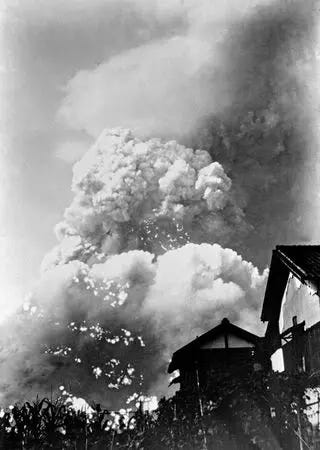
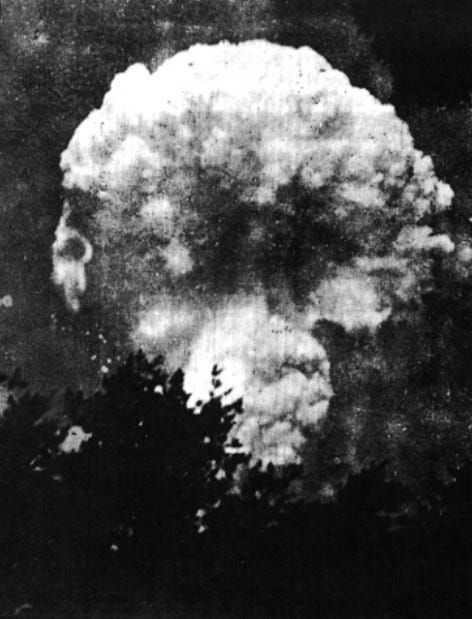
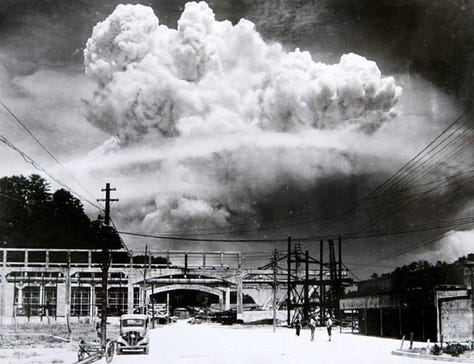
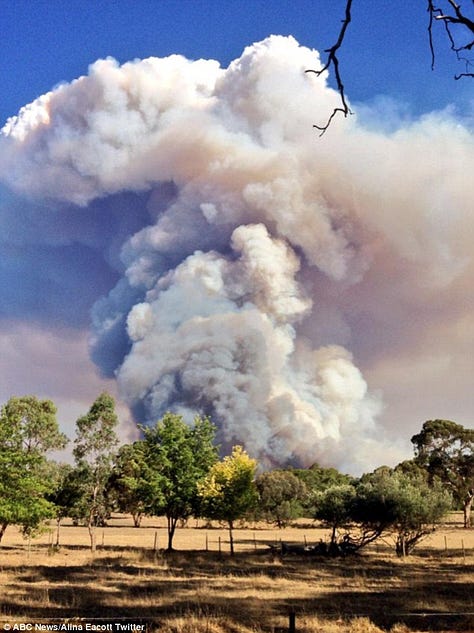
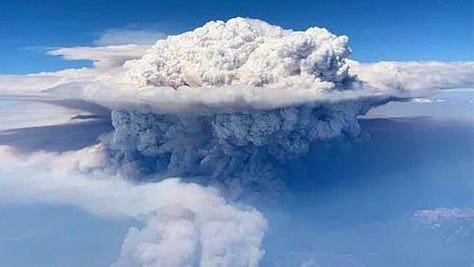
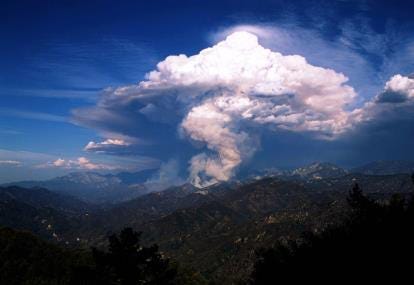
— The top three pictures are the smoke plumes from Hiroshima & Nagasaki. The bottom three are pyrocumulus clouds.
— (L) An alleged nuclear blast. (R) A pyrocumulus cloud after a wildfire.
The telltale mushroom cloud, touted as prima facie evidence of the particularly unique destructive capability of “The Bomb”, is anything but. The pictures shown above clearly demonstrate that clouds of this shape and size are not unique to nukes, but a naturally occurring cloud formation in the aftermath of large fires. Even the ring around the cloud can be seen replicated in pyrocumulus clouds. There is not a single unique aspect of mushroom clouds that differentiate them from pyrocumulus clouds, as the near identical photographs make demonstrably clear.
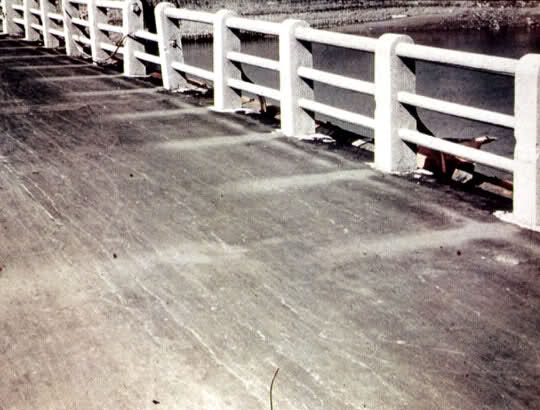
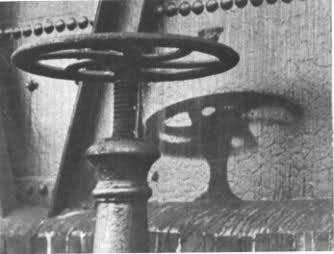

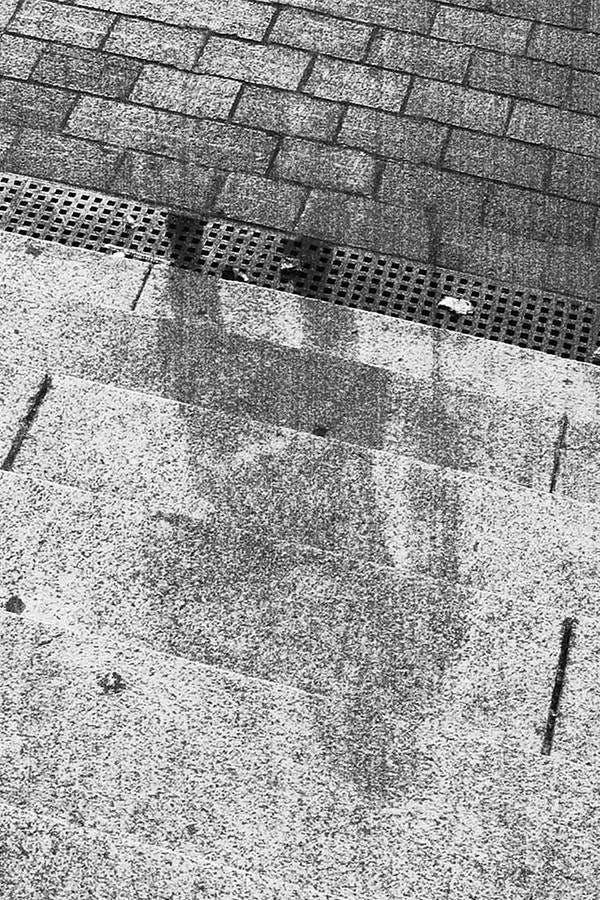
— Nuclear shadows. Hot enough to vaporize humans, but not hot enough to vaporize wood?
Perhaps the most outlandish claim made by proponents of the nuclear bomb theory is that of atomic shadows. These artifacts are allegedly created when the object in front of them is incinerated, while the victim’s shadow prevents the bleaching effect of the bomb’s light from impacting the object in said shadow. Do I even need to expound on this patently ridiculous notion? How is the heat wave hot enough to vaporize bone (over 2,700° F), yet not hot enough to even burn wood (540° F)? If its simply light bleaching the surrounding area, why is the bridge’s shadow lighter? (see the top left picture.)
Truly farcical stuff.
“The unleashed power of the ATOM has changed everything except our thinking.
Thus, we are drifting toward catastrophe beyond conception.
We shall require a substantially new manner of thinking if mankind is to survive.”
— Albert Einstein
First discovered in 1822, sulfur mustard is a toxin first synthesized in large quantities during the end of World War I. Despite not being deployed until 1917, it would account for more fatalities than all other chemical weapons combined. It is a highly lethal, carcinogenic, and mutagenic compound. Due to the unique chemical properties of the sulfur molecule, its effects on DNA in particular manifest themselves in similar ways to ionizing radiation. This includes leukemia, bone marrow damage, and cancer — the primary long term wounds of the victims of Hiroshima and Nagasaki.
Dr. Palmer sums up the major issues with the radiation hypothesis in Chapter 8 of his book:
There is a substantial number of survivors who were exposed near the hypocenter, either in the open or protected only by wooden houses;
There are victims of ARS [Acute Radiation Sickness] at distances which should have been safe;
In Hiroshima, multiple cases of ARS, some with lethal outcome, were recorded among those who were not in the city during the bombing but entered it shortly afterwards;
In survivors, a history of ARS correlates very poorly with official radiation dose estimates;
One third of the survivors in the highest dose group did not report even a single characteristic symptom of ARS.
— Hiroshima Revisited
Indeed, most of the early fatalities contributed to radiation sickness were due to lung failure, which also happens to be the primary cause of death for mustard gas. The fact that there are any survivors at all within the hypocenter of the blast thoroughly disproves the myth of a nuclear blast at Hiroshima and Nagasaki. We covered some of those survivors above, and their long lives after the blast simply vaporize the argument that nukes were dropped on Japan.
The medical literature continues to bear this out to this day. In 1990, a 40 year study was published by John Buice of the National Cancer Institute. Mr. Buice stated that:
“Ionizing radiation is known to cause heritable mutations in many species of plants and animals, but intense study of 70,000 offspring of atomic bomb survivors has failed to identify an increase in congenital abnormalities, cancer, chromosome aberrations or mutational blood protein changes.''
In 2016, the scientific journal Genetics published a study of the survivors and their children that found the following:
"It is generally thought that abnormal births, malformations, and extensive mutations are common among the children of irradiated survivors, when in fact the follow-up of 77,000 such children (excluding children irradiated in utero) fails so far to show evidence of deleterious effects”
Curiously, skin burns as the only documented exposure carry the highest risk of cancer, a wound pattern that simply can not be explained through exposure to radiation. However, napalm exposure would account for this seemingly peculiar finding in the medical literature.
— Excerpt from Hiroshima Revisited, by Dr. Michael Palmer. Note the black pockets of affected cornea tissue in both photographs. Retinal burns are stunningly absent from all medical studies of the victims of Hiroshima and Nagasaki. (Pg. 200, Palmer, Hiroshima Revisited.)
— (Top) Vietnamese napalm victim. (Bottom) Napalm burns on Kim Phuc, the “Napalm girl”.
— (Top) Alleged “flash burns” of Hiroshima victims. (Bottom) Excerpt from Hiroshima Revisited, by Dr. Michael Palmer.
General Crawford F. Sams was the Chief of Public Health and Welfare, Section of the General Headquarters, Supreme Allied Powers, from October 2nd, 1945 until June of 1951. As the chief medical officer overseeing the aftermath and clean up of Hiroshima & Nagasaki, his testimony provides a unique window into the mindset of those tasked with chronicling the effects of nuclear weapons:
I mentioned deterrents against war. There was a letter brought over, in which the President was looking for a new deterrent against a future war, because air power had failed. You know, “If you have another war, air power will destroy civilization,” and it failed because it hadn’t even brought Germany to its knees. A strategic bomb survey over there showed that military production had increased actually during our bombings. So the object of Letter of Instruction, was “You will play up the devastating effect of the atomic bomb.” I was the one who set the deadline. Anybody who had been in Hiroshima and died within six months, whether they got run over by a bicycle or whatnot, would be credited to the atomic bomb. Most of the casualties occurred from thermal readings.
The atomic bomb went off and that city had about 250 thousand people in it. In other words, you had a high density population exposed. When the bomb went off, about 2 thousand people out of 250 thousand got killed – by blast, by thermal radiation, or by intense x-ray, gamma radiation. Then, what happened is like an earthquake. The blast knocked down houses, hibachis had turned over and started fires. When you have an earthquake or an atomic bomb, you start fires and then people are trapped in the buildings. And again, by endless interviews, “Where were you?” “Where was your great uncle?” “Where was grandma when this occurred?” We built up the evidence to show on a cookie cutter basis that it took about thirty-six hours for about two-thirds of that town to burn.
You see, it wasn’t “Bing” like the publicity here [said]: a bomb went off and a city disappeared. No such thing happened. That was the propaganda for deterrent. They’re talking about after that, “One bomb and away goes Chicago,” you know? All you’ve got to do is look in Life magazine and whatnot back in ’45, ’46, and so on. What I’m trying to do is to show how it’s like “End the war with one B-17.” Well, you have to keep your feet on the ground. As near as we could figure then, about twenty-one thousand people died in thirty-six hours as a result of being trapped and burned and so on. It’s like those who died in the ’23 earthquake [and subsequent] fire. Then, as I say, I set the six months’ deadline for anybody who had been there, even though they went away and so on, to put a deadline on deaths from delayed radiation effects.
Inflating the numbers to make their weapon seem more deadly than it actually is, now where have we heard that before?
“A world without nuclear weapons would be less stable and more dangerous for all of us.”
— Prime Minister Margaret Thatcher
What I have detailed above is simply a fraction of the evidence available that utterly destroys the cunningly devised ruse of Hiroshima and Nagasaki. I have only used their words. I have only used their pictures. I have only cited their medical studies, and their stories. That their patently outrageous claims — such as nuclear fire being hotter than the Sun — and that their evidence do not match up is blatantly obvious. I mean seriously, nuclear shadows on wooden surfaces, how does anyone fall for this crap?
These uncomfortable realities naturally beg several questions: How could such a gross deception be perpetrated against the entire world? Does that successful deception then not imply a worldwide network of operatives working in concert to forward their agenda? Indeed, both of these questions are valid and extraordinarily important to understand how and why Japan would go along with such a blatant farce. Long before H.G. Wells ever dreamed up his atom bomb, the same forces that had subverted America from within had infiltrated and subverted Japan, which will be the primary focus of the final part of this essay.
The apocalyptic stories that we have been sold in regards to the destructiveness of nuclear weapons are exactly that: stories. The Regime storybooks say that we invented these bombs because we had to beat the dastardly Nazis to it, just like we were experimenting on bioweapons in China in order to… fight Chinese bioweapons? Precisely like the COVID PsyOP, inflated death tolls were used to scare an unwitting worldwide populace into compliance. Natural phenomena were turned into the symptoms of a “novel” weapon, capable of wiping out vast swathes of humanity. Poison was dispensed from the skies and then used as the impetus to enslave yet another country. That is, unless you sacrifice yet more treasure and more blood in another unending and unwinnable war.
The second longest forever war — behind only the war on germs — isn’t the war on drugs or the war on terror: it is the war on nukes.
Continued in Part III…
“As long as they killed people with conventional rather than nuclear weapons, they were praised as humanitarian statesmen. As long as they did not use nuclear weapons, it appeared, nobody was going to give the right name to all the killing that had been going on since the end of the Second World War, which was surely “World War Three.”
— Kurt Vonnegut





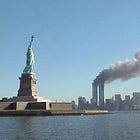



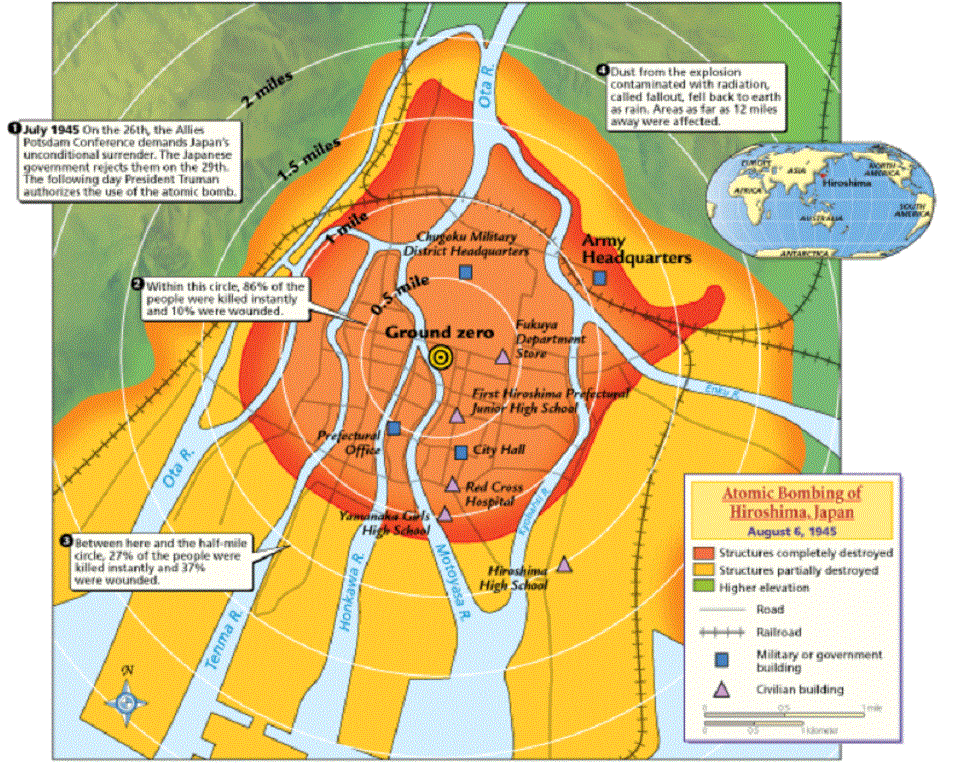
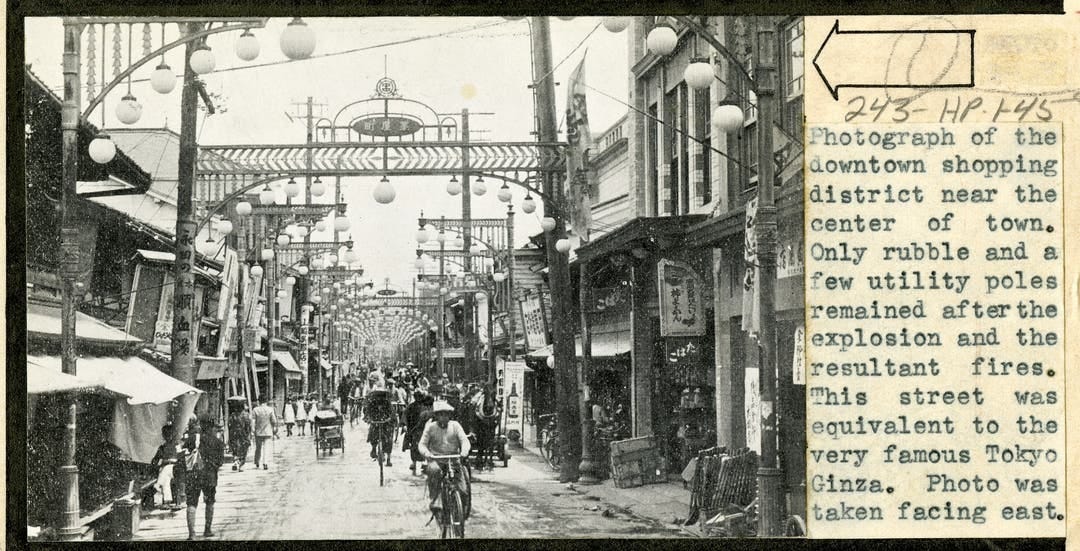
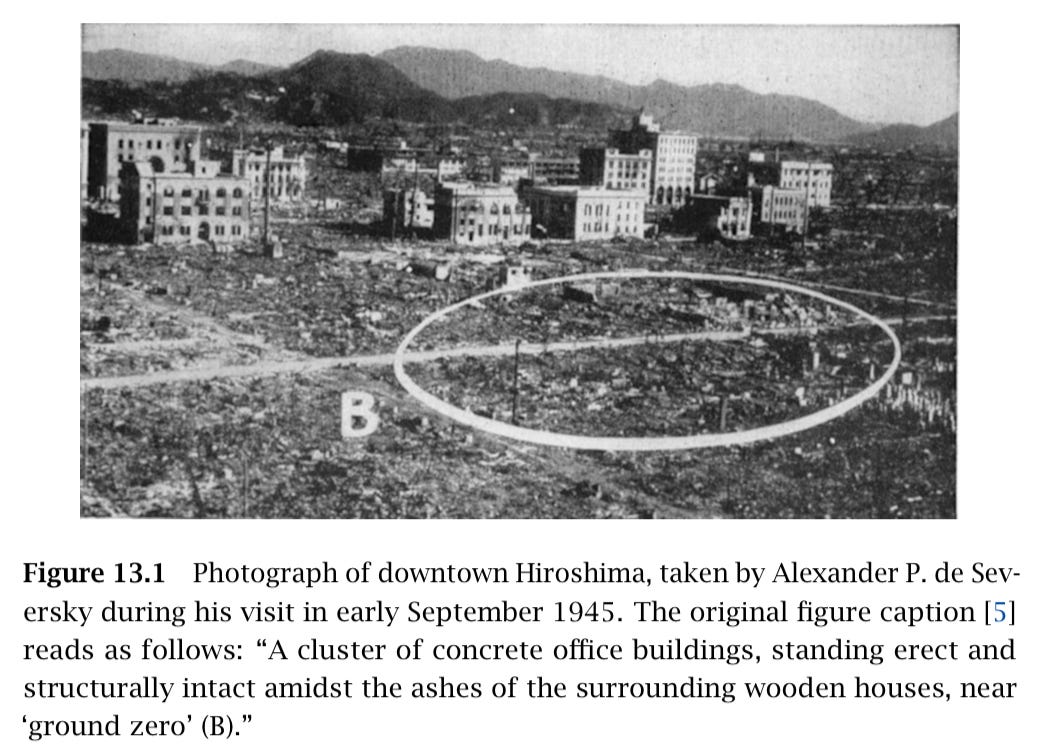





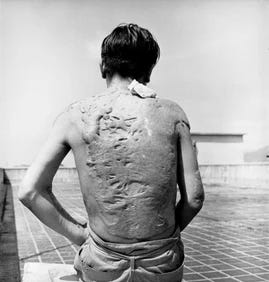
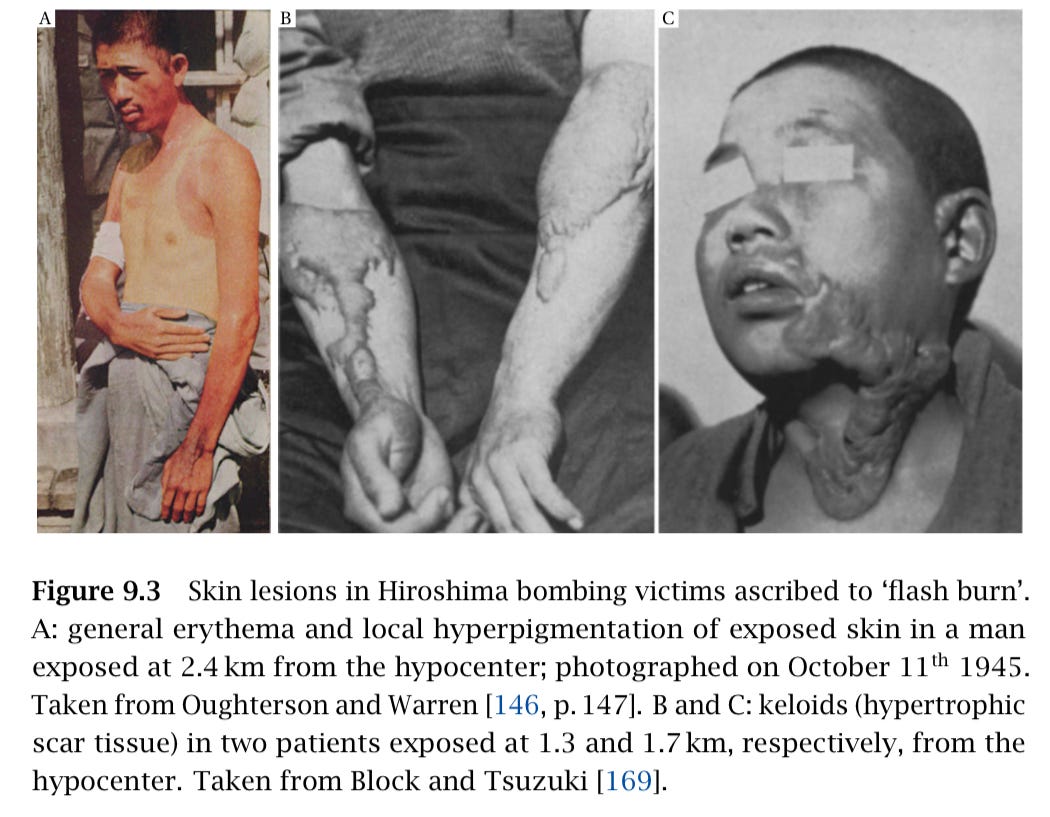
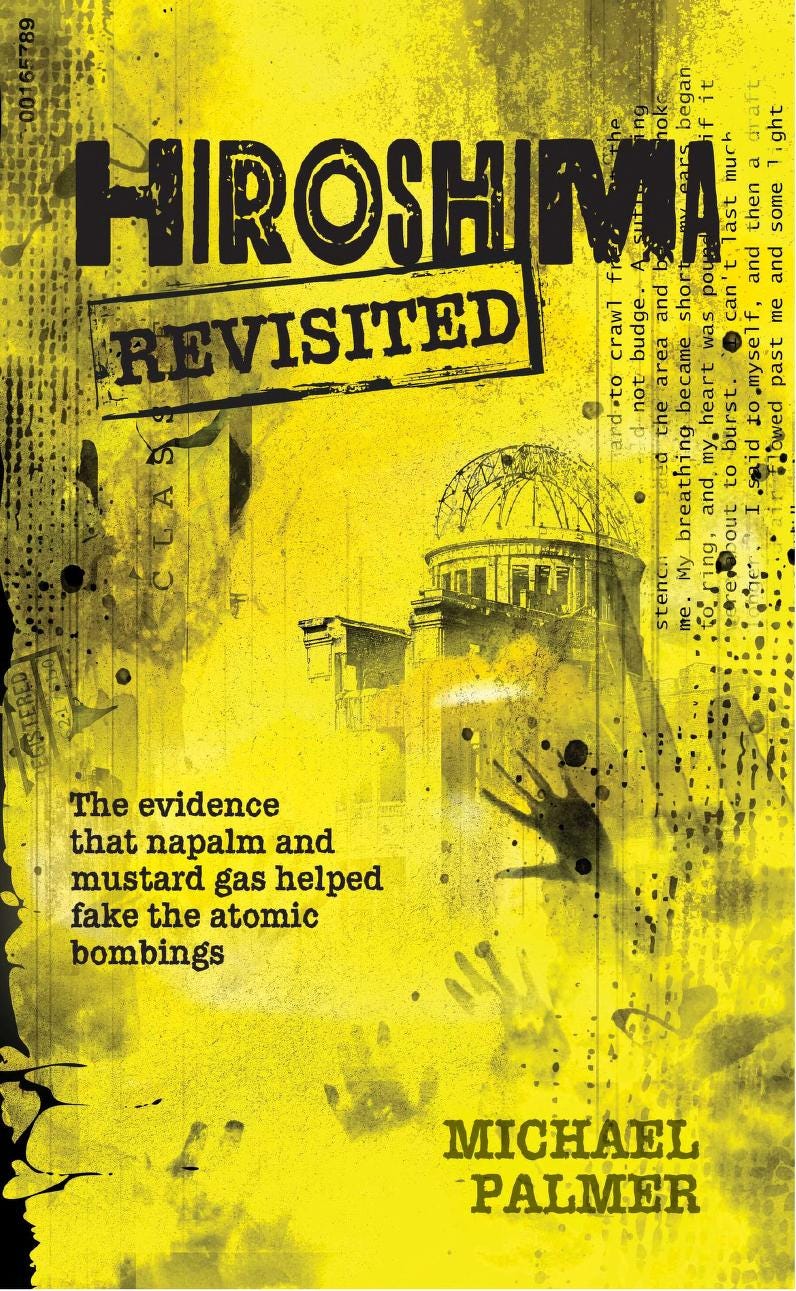
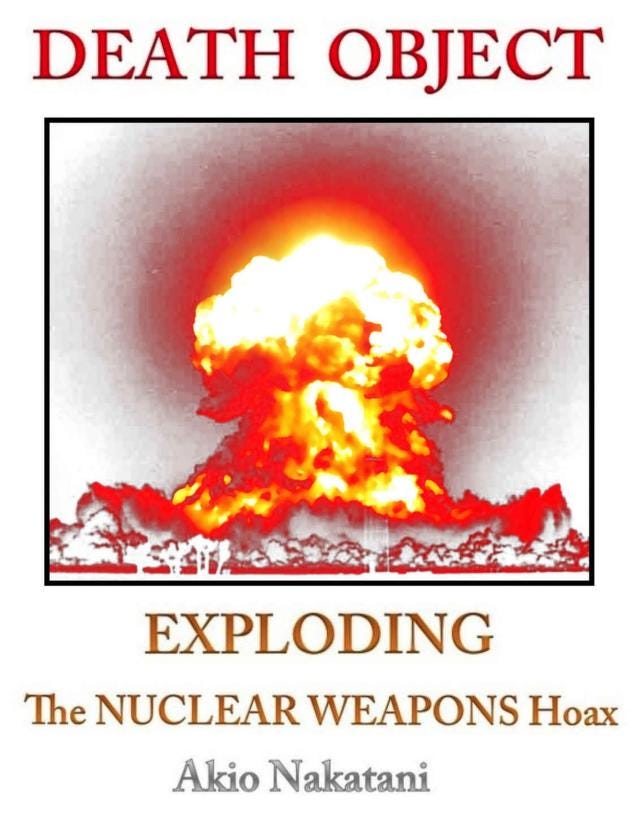
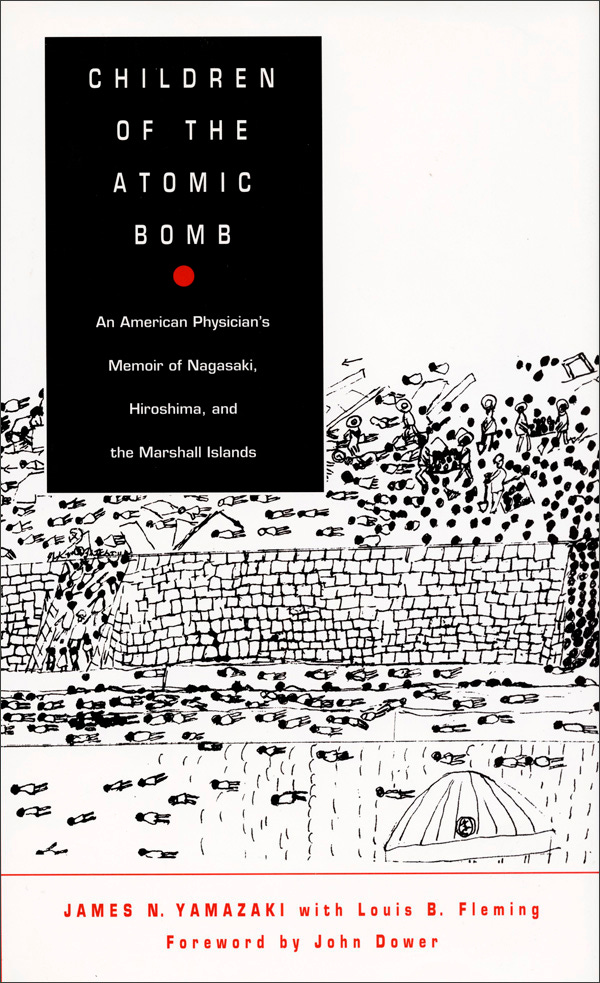

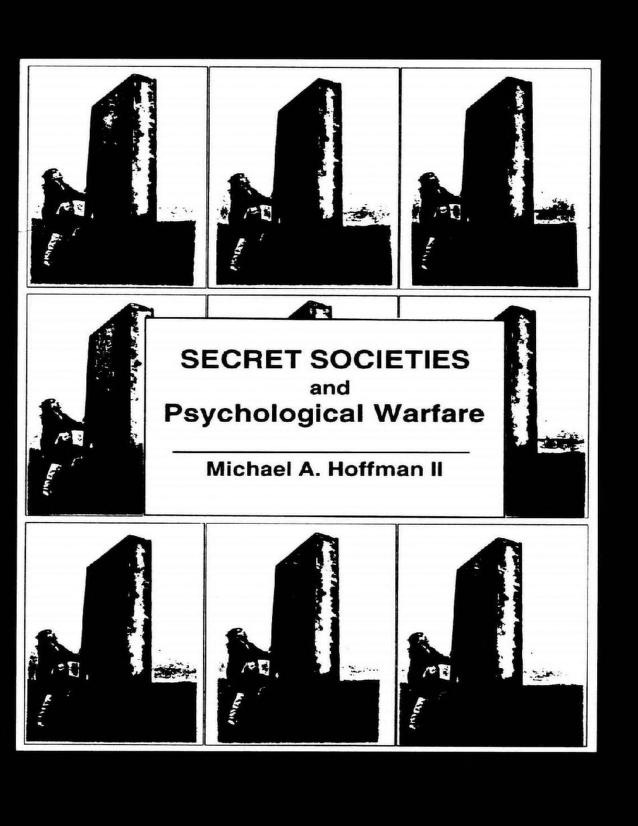
Thank you for the Kurt Vonnegut quote at the end. He was a favorite author of mine. Till then, enjoy the rest of your time on the Firmament until we all become "Shadows on the pavement". 🤪 LOLOL!
this is so pathetic, no wonder history repeats… like we’re walking around with a “kick me” sign
wondering how many history professors bother to look into the physical evidence.